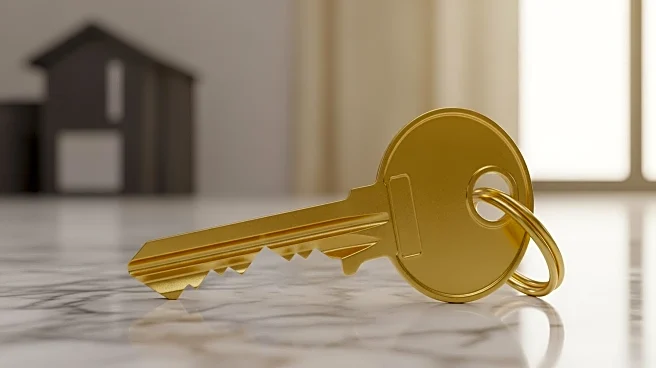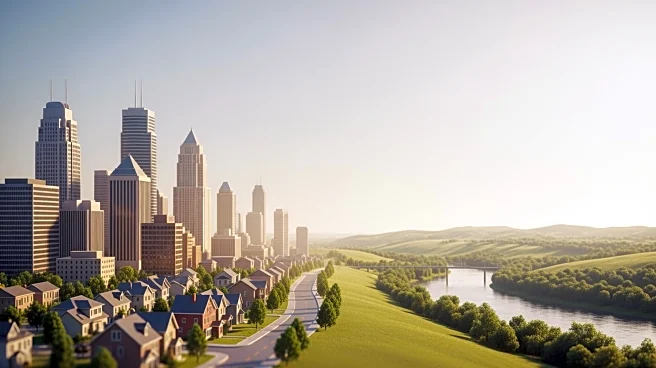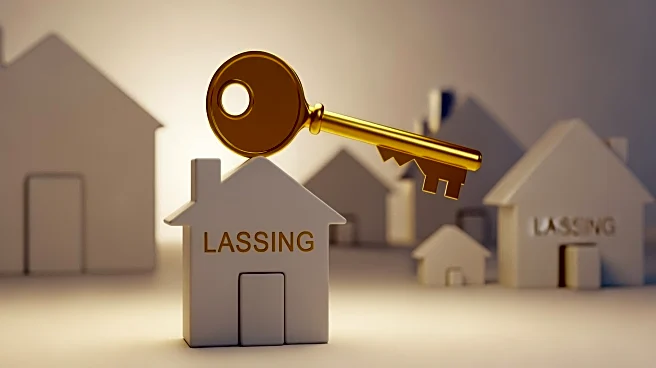What's Happening?
The Builders Alliance, a nonprofit organization, has launched a new online portal aimed at assisting homeowners affected by the Palisades and Eaton fires in rebuilding their homes more efficiently and affordably. The portal offers a selection of vetted
residential templates, allowing users to filter options based on lot size, price range, and other preferences. This initiative is part of Project Recovery, a collaborative effort involving academics and real estate experts, which aims to streamline the reconstruction process. The portal enables homeowners to select pre-designed turnkey residences or opt for custom builds, with the goal of providing quality homes at competitive prices. The Builders Alliance consists of 10 licensed homebuilders, including both small boutique firms and larger companies like Richmond American Homes and Brookfield Residential.
Why It's Important?
The launch of this portal is significant as it addresses the urgent need for efficient rebuilding solutions for those who lost their homes in the recent fires. By providing a centralized platform for selecting home designs and receiving bids from vetted builders, the initiative aims to reduce the time and cost associated with reconstruction. This could potentially lead to faster recovery for affected communities, helping homeowners rebuild their lives and properties. The collaboration between large and small builders also highlights a strategic approach to achieving economies of scale, which can drive down costs and increase the efficiency of the rebuilding process. This development is crucial for the real estate industry and affected homeowners, as it offers a structured pathway to recovery.
What's Next?
The Builders Alliance plans to complete some homes by the third quarter of 2026, marking a significant milestone in the recovery process. As the portal gains traction, it is expected that more homeowners will utilize the service, potentially leading to increased collaboration among builders and further innovations in the rebuilding process. Stakeholders, including real estate experts and community leaders, will likely monitor the progress closely to ensure the initiative meets its goals. The success of this portal could serve as a model for future recovery efforts in other disaster-affected areas, emphasizing the importance of technology and collaboration in addressing large-scale reconstruction challenges.
Beyond the Headlines
The use of AI technology in the portal represents a significant advancement in the residential construction industry. By mapping every residential parcel in the affected areas and integrating local zoning regulations, the portal offers a tailored approach to rebuilding. This technological integration not only enhances the efficiency of the process but also ensures compliance with regulatory standards, providing homeowners with peace of mind. Additionally, the initiative underscores the importance of community resilience and the role of innovative solutions in disaster recovery, potentially influencing future policy decisions and industry practices.













